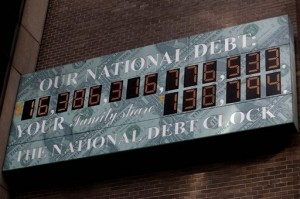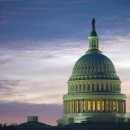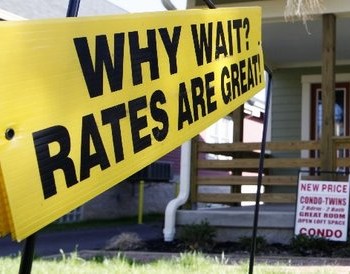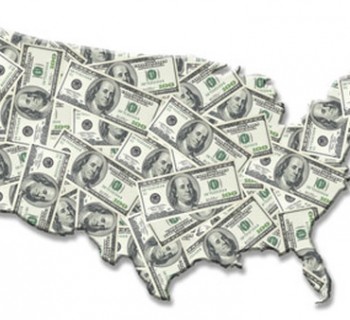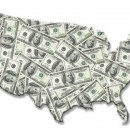The United States is set to reach its borrowing limit on or around Thursday. While the recent reduction in spending as a result of the government shutdown could delay the debt ceiling by a few weeks, we are on the precipice of what could be a serious financial issue: default.
The inability of politicians to work together has led to the current stalemate and if something doesn’t change soon, financial markets and our economy could be greatly affected. For this reason, it is important for investors to understand what the debt ceiling represents and the significant impact it could have.
So what is the debt ceiling?
The debt ceiling is the legal amount the U.S. can borrow to pay its bills. However, there is an important distinction between spending and debt. The debt ceiling does not set the amount the United States is authorized to spend. Rather, it simply limits the amount of borrowing that can be done to finance spending that has already been approved by Congress.
Interestingly, we already reached our debt ceiling limit back in May. The Treasury simply took “extraordinary measures” to enable the government to continue paying its bills. These include borrowing funds from other areas of the government. This approach was merely a stopgap, designed to “kick the can down the road” until funding dried up again.
Unfortunately that time is now upon us. On average, our monthly revenue has covered only 68 percent of our spending, leaving 32 percent to be financed with debt. Without the ability to borrow to cover the gap, we run the risk of exhausting our remaining funds.
In fact, According to Treasury Secretary Jack Lew, “We estimate that, at Oct. 17, Treasury would have only approximately $30 billion to meet our country’s commitments.” Based upon the government’s average bills, these funds may be exhausted before the end of October.
Since 2003, federal government debt has increased from nearly $7 trillion to our current level of over $16.8 trillion — an increase of nearly $10 trillion in 10 years.
So who do we owe all of this money to?
Government debt can be broken down into two types: debt held by the public and debt held by the government. Interestingly, one of the largest holders of U.S. government debt is actually our government. That’s right; nearly $4.8 trillion dollars, or just under 30 percent, is held by government accounts.
How does this happen?
Well, when government trust funds have surpluses to invest, these funds often are invested by purchasing government bonds. Remember, they too would like a return on their investment.
Trust funds for Social Security, Medicare, military retirement and health care, and civil service retirement and disability account for almost all of the total debt held by government accounts, with Social Security representing the largest percentage.
Additionally, the Federal Reserve has been propping up demand for government bonds by purchasing $85 billion dollars of various government debt as part of its latest round of quantitative easing to keep interest rates low.
While government trust holdings represent a surprisingly large percentage of the debt, the largest holders of public debt are foreign investors, including China ($1.27 trillion, approximately 7.5 percent of total outstanding debt) and Japan ($1.13 trillion, 6.7 percent of total outstanding debt). Overall, foreign governments and investors hold approximately 31 percent of all debt and 48 percent of public debt. Interestingly, the Social Security trust holds more debt than China and Japan, combined.
So what happens if the federal government exhausts its cash on hand without raising the debt ceiling?
Unfortunately no one is exactly sure what the plan would be or its impact. From prioritizing who gets paid from available funds to wild schemes involving platinum coins, the reality of the situation is there are not many viable options and missing an interest payment on our debt is something most experts agree must be avoided.
Remember, U.S. government debt has been considered a safe place for governments to stash their excess money and a default could reverberate throughout the global economy, affecting everything from interest rates to equity and credit markets.
While there is a tremendous amount of uncertainty today, it is important to avoid overreacting or panicking. Remember, panic can be an investor’s worst enemy and maintaining discipline is critical when working toward your financial goals. Since everyone’s situation is unique, consider speaking to your financial adviser to determine the most appropriate approach for you.
Kurt J. Rossi, MBA, is a certified financial planner practitioner and wealth adviser. He can be reached for questions at (732) 280-7550 or kurt.rossi@Independentwm.com or www.Independentwm.com. LPL Financial Member FINRA/SIPC.

